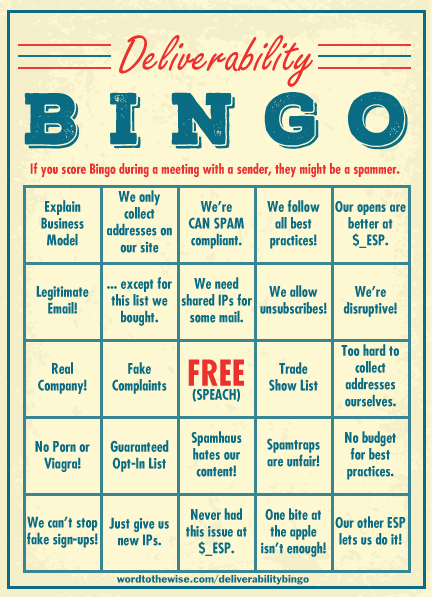Ongoing subscription attack
Brian Krebs posted a couple days ago about his experience with the subscription bomb over the weekend. He talks about just how bad it was over the weekend.
At approximately 9:00 a.m. ET on Saturday, KrebsOnSecurity’s inbox began filling up with new newsletter subscriptions. The emails came in at a rate of about one new message every 2-3 seconds. By the time I’d finished deleting and unsubscribing from the first page of requests, there would be another page or two of new newsletter-related emails. For most of the weekend until I got things under semi-control, my Gmail account was basically useless.
He also mentions this is something he’s been targeted with in the past.
This is malicious behavior on the part of the folks who are subscribing people. It is harassment.
I’m pleased at the number of ESPs and brands that are taking this seriously. We had a M3AAWG call this morning and much of the discussion was about how people are dealing with the issue. Some data is being shared here on the blog (signup IPs and stuff) and it’s very helpful.
If you are an ESP and you have data you want to share but don’t want to share it publicly contact me directly. The contact address works, I’m also on LinkedIn.
If you’re a recipient and you want some help cleaning up, feel free to contact me as well. I have some ideas of how we can help you and how you can help mitigate this for other people.
This isn’t a problem that’s going to just go away. We, as senders, cannot ignore the abuse. Now that this is out there we need to address it head on and protect both our brands, our network space and those unwilling recipients from being harassed through our services.
That does mean changes in behavior for all of us. Let’s not have the email space fall down on handling abuse like some of the social networking sites have.

